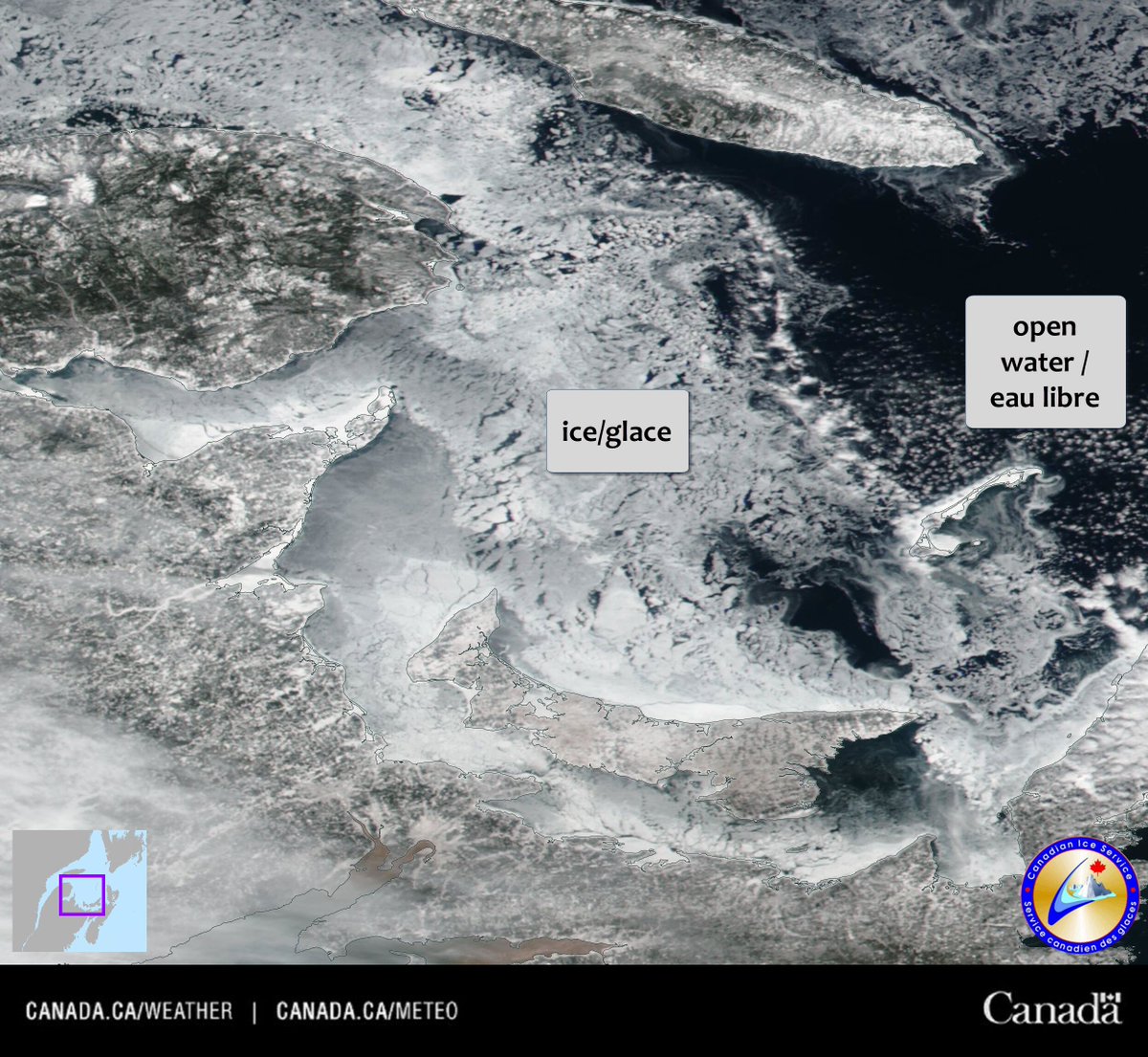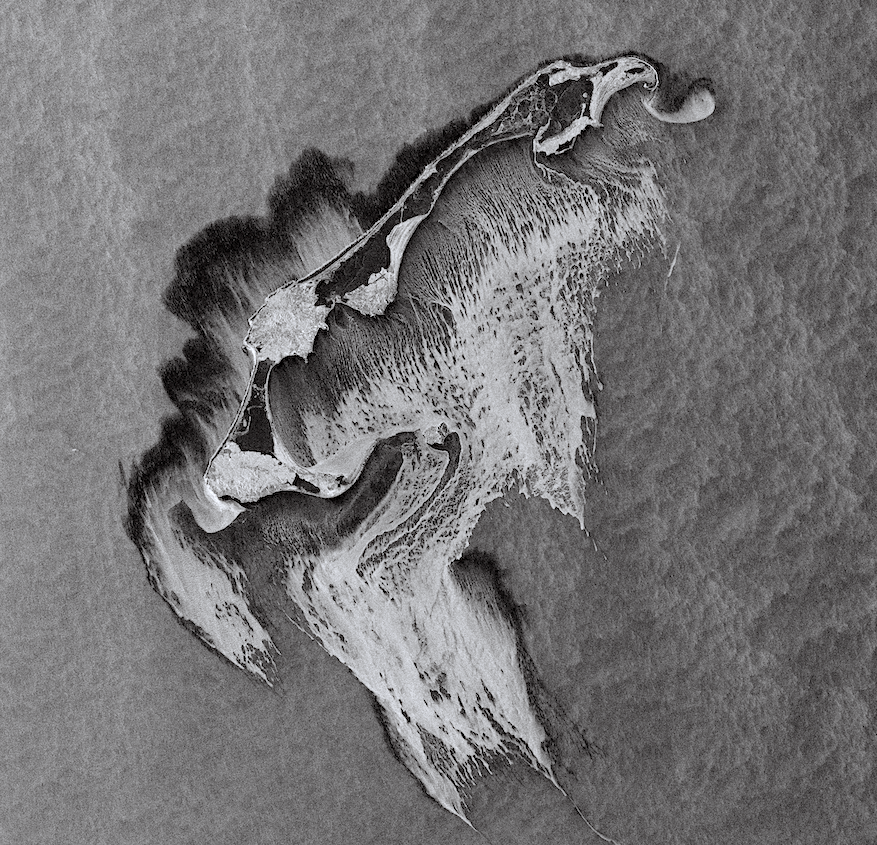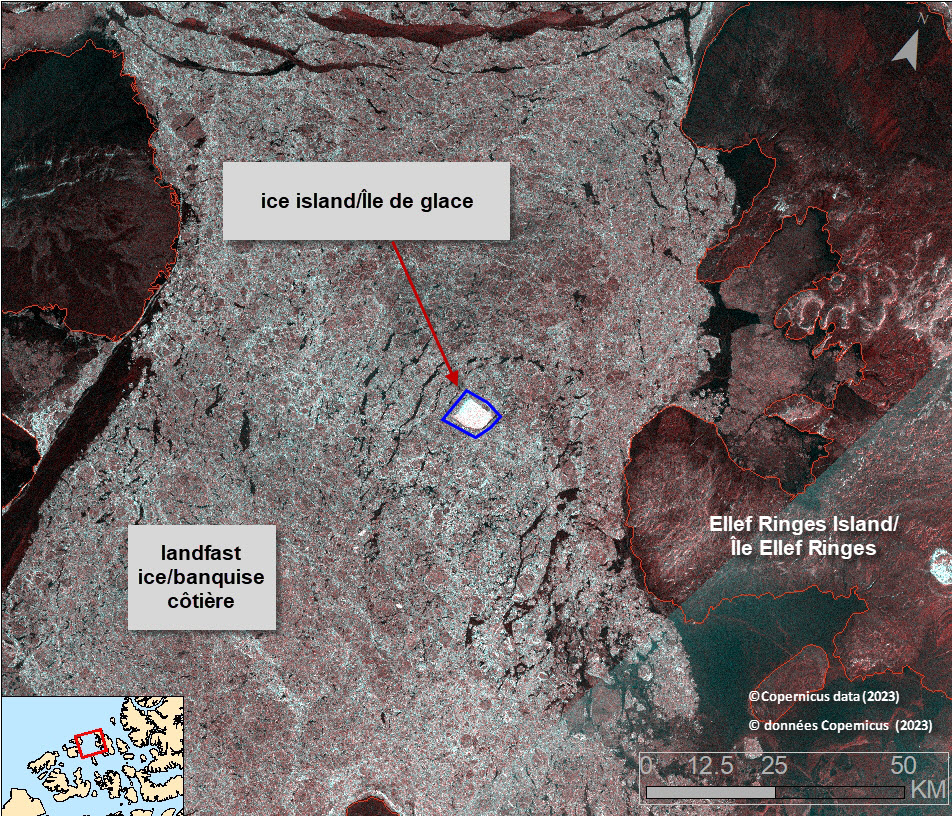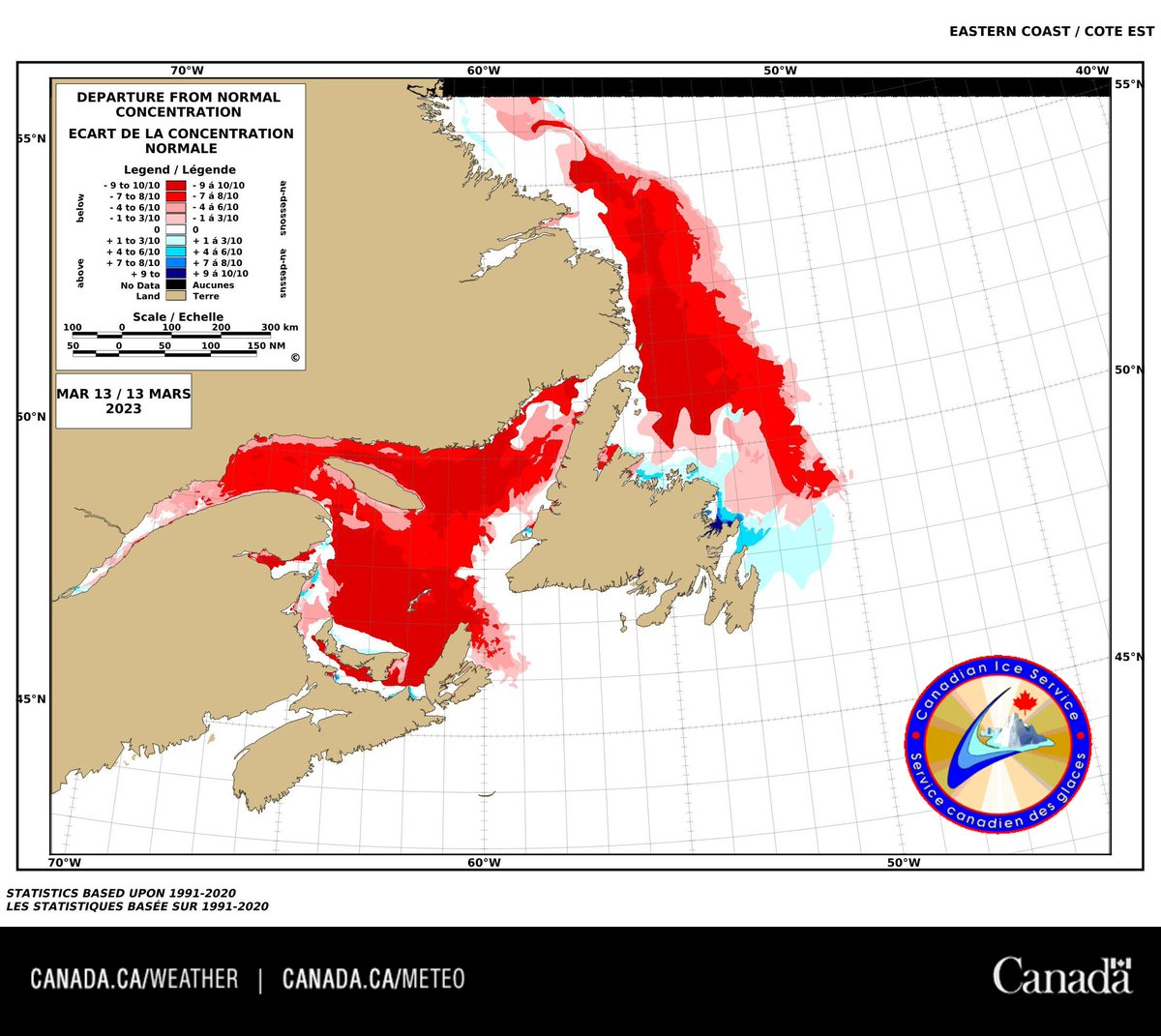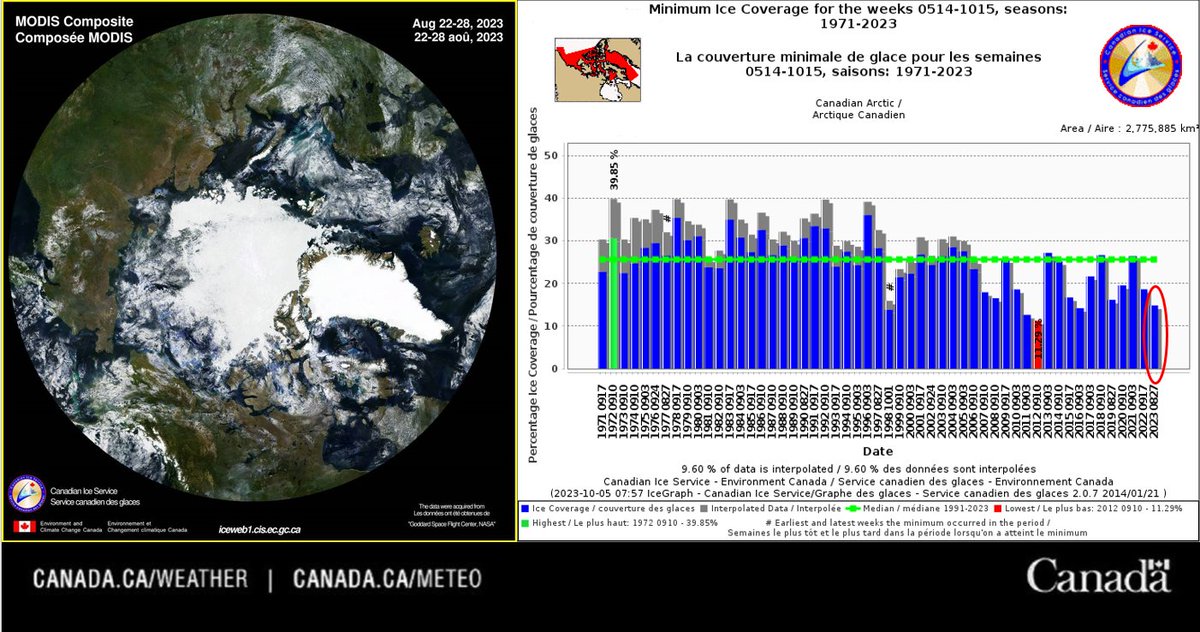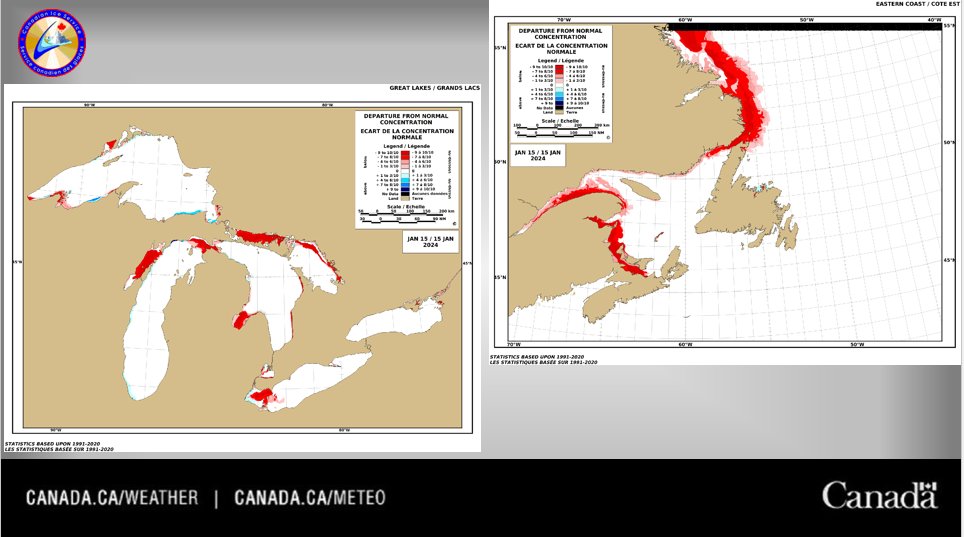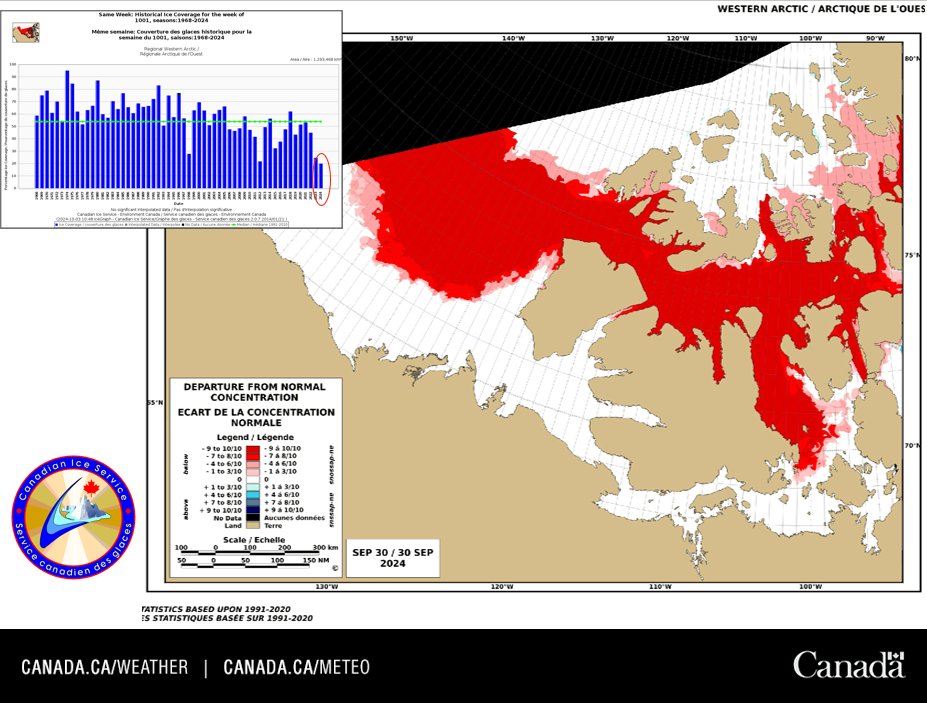
ECCC Canadian Ice Service
@eccc_cis
Official account for the Canadian Ice Service. Tweets by ECCC meteorologists and staff. Suivez-nous en français @ECCC_SCG
Terms: ow.ly/IPJW50utGau
ID: 798248173273640960
https://www.canada.ca/en/environment-climate-change/services/ice-forecasts-observations.html 14-11-2016 19:36:10
369 Tweet
1,1K Followers
68 Following

Ice cover is usually close to its peak at this time of year on the #GreatLakes. This year has hit a new record low at just 8% coverage, well below last year’s 51% and the historical median of 30%. #lakeice #climate ECCC Weather Ontario

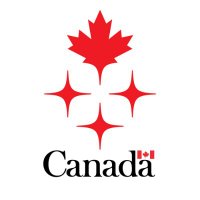




This MODIS #satellite animation from March 20th to April 2nd, 2023, shows the recent formation of the Nares Strait #icebridge. #shipping #climate #seaice #Arctic Canadian Coast Guard


This year (2023), the northern route of the #NorthwestPassage had a minimum #seaice coverage of 6% during the week of August 27. This coverage is the 2nd lowest on record since 1968; the lowest was 4% and occurred in 2011. #Arctic Canadian Coast Guard #climate


Bellot Strait is notorious for being a critical point along the northwest passage since it is narrow and can fill rapidly with #seaice due to the up to 8 knot ocean current. #Arctic #shipping Canadian Coast Guard



#Seaice freeze-up is around 1-2 weeks slower than normal over northern Hudson Bay, southern Foxe Basin and western Davis Strait due to anomalously high temperatures in many regions in the Canadian #Arctic throughout November. #climate Canadian Coast Guard



Tuvaijuittuq means "the place where ice never melts" in #Inuktitut. Recent RCM #satellite images show some of the oldest and thickest #seaice in the #Arctic Ocean in this culturally, historically and ecologically significant marine protected area. Environment Canada Fisheries and Oceans
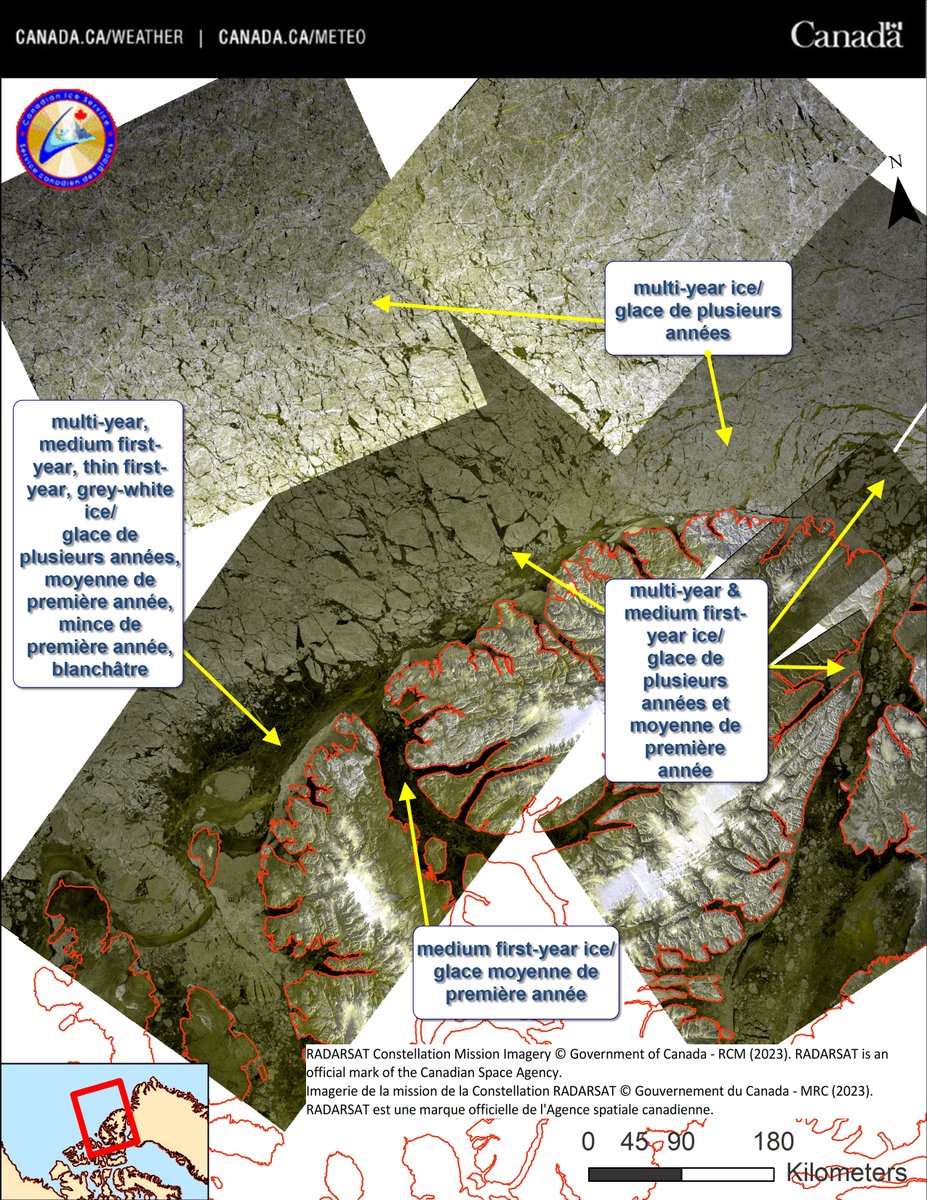


The past week had record breaking low ice coverage in the #GreatLakes. The 3% coverage is the lowest on record for the week of February 12th since 1973. #lakeice #climate Canadian Coast Guard
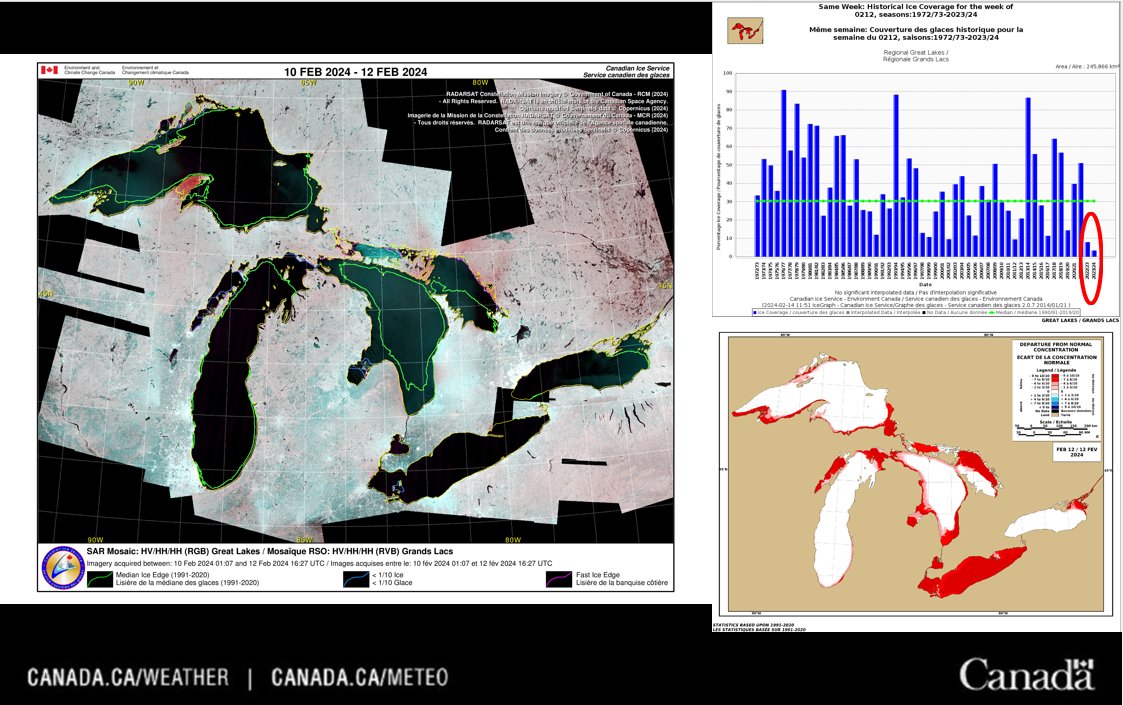

High resolution Sentinel-2 #satellite image from March 21st showing the recent break-up of #seaice along the Yukon coast due to strong southeasterly winds and mild temperatures. ECCC Weather Yukon ECCC Weather Northwest Territories #Arctic #climate




